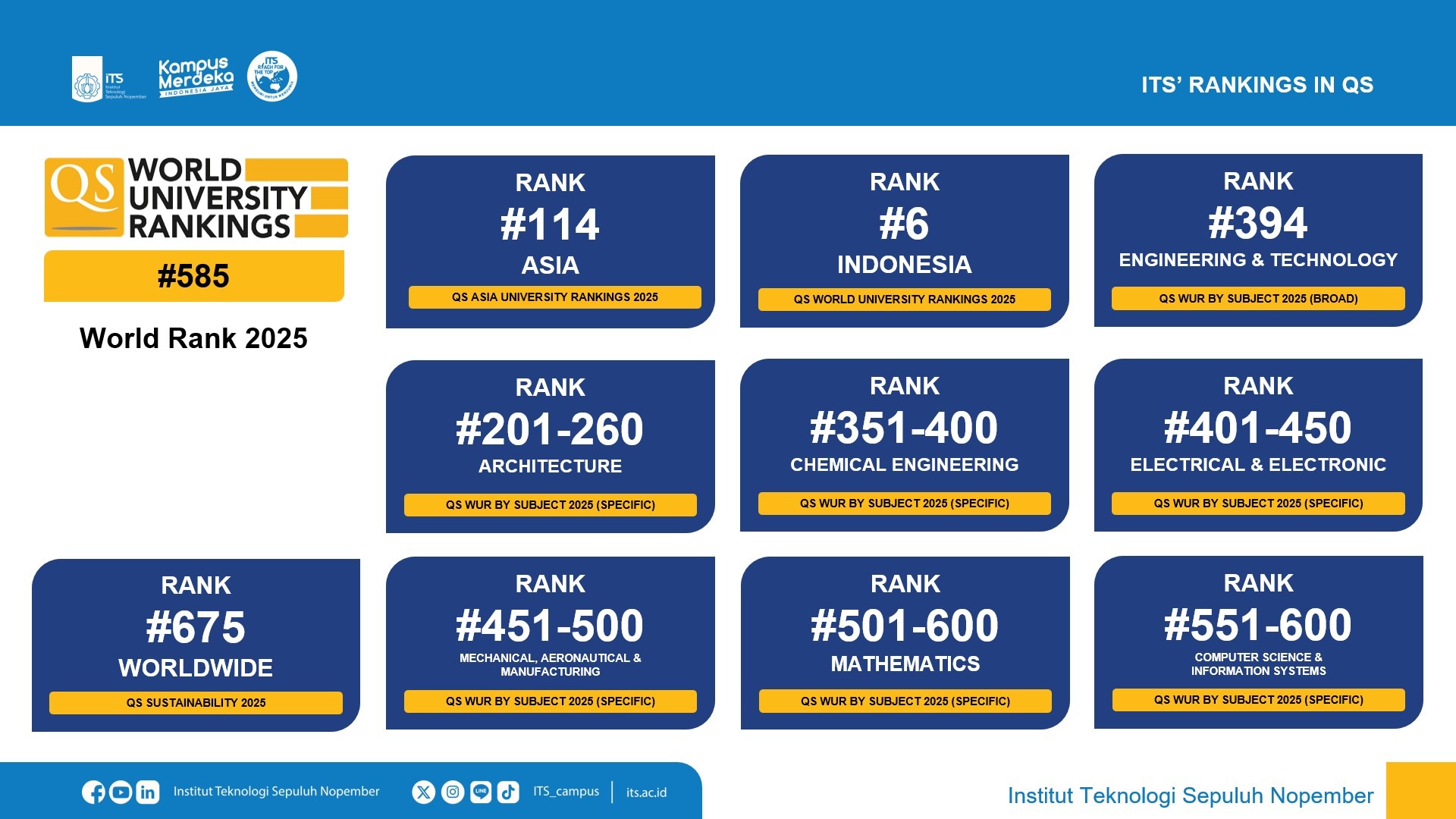Apart from assessing university rankings at the world level, QS also conducts rankings at the regional level such as Latin America, Asia, the Arab region, BRICS and Emerging Europe & Central Asia (EECA). At the Asian level, the QS ranking is known as the QS Asia University Rankings. The QS ranking system for the Asian level has different weights and indicators from the world-class QS. This difference lies in several additional indicators used in QS AUR, namely the International Research Network, Citations per Paper, Papers per Faculty, Staff with a PhD, and information related to inbound and outbound exchange students.
These are the indicators of QS Asia University Rankings:

